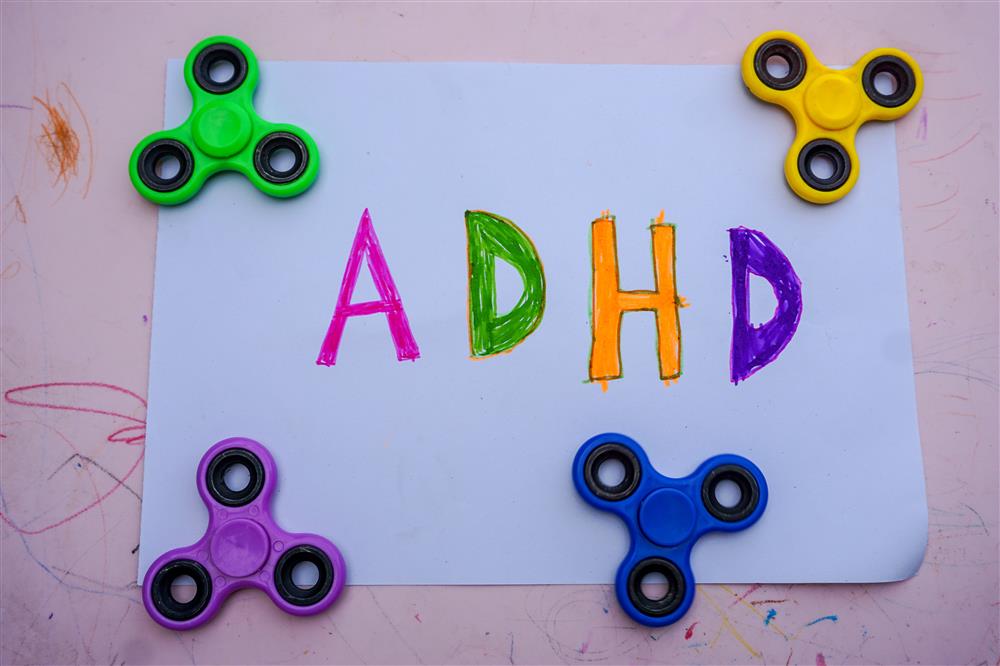
As a mom with a child that has ADHD, I understand the unique challenges you may encounter as you embark on the homeschooling journey with your child. Today, I want to address a common struggle often associated with ADHD: procrastination. By understanding the connection between ADHD and procrastination and implementing effective strategies, we can create an inspiring and warm learning environment for our children. Let's explore practical tips to empower their educational journey together.
Cultivate a Positive Mindset:
-
Embrace your child's strengths and abilities, recognizing that ADHD brings creativity, energy, and a unique perspective to their learning experience.
-
Foster a positive environment by emphasizing their progress, effort, and individual growth. Celebrate achievements, no matter how small, to boost their self-esteem and motivation.
Break Tasks Down into Manageable Steps:
-
Help your child tackle overwhelming tasks by breaking them into smaller, achievable steps. This approach prevents procrastination and builds momentum.
-
Create a visual checklist or utilize a task management tool to provide a clear roadmap and allow your child to track their progress.
Establish Structured Routines:
-
Implement a consistent daily routine with designated time slots for academic activities, breaks, and leisure. Structure provides predictability and helps children with ADHD stay focused and engaged.
-
Encourage your child's involvement in creating their schedule, giving them a sense of ownership and accountability.
Use Visual Cues and Timers:
-
Incorporate visual cues, such as colorful reminders or visual schedules, to help your child stay on track and understand expectations.
-
Utilize timers or alarms to provide clear boundaries and manage time effectively. This helps prevent time-wasting and promotes task completion.
Break Projects into Smaller Milestones:
-
Teach your child the importance of setting goals and breaking larger projects into smaller, more manageable milestones.
-
Encourage them to prioritize tasks and tackle them one step at a time, celebrating achievements along the way.
Implement Short, Focused Study Sessions:
-
ADHD children often benefit from shorter, focused study sessions to maintain their attention and prevent mental fatigue.
-
Divide study time into manageable chunks, incorporating regular breaks for movement or relaxation. This allows your child to recharge and refocus.
Encourage Active Learning:
-
Incorporate hands-on activities, interactive lessons, and engaging educational resources to keep your child actively involved in the learning process.
-
Encourage movement breaks and physical activities to release excess energy, helping your child maintain focus during study sessions.
Practice Self-Reflection and Goal Setting:
-
Encourage your child to reflect on their learning habits and identify areas where they may be prone to procrastination.
-
Together, set realistic goals and create action plans to overcome procrastination tendencies. Regularly review progress and adjust strategies as needed.
Foster a Supportive Environment:
-
Create an environment that encourages open communication and a sense of belonging. Let your child know that you are there to support them through challenges.
-
Offer encouragement, understanding, and reassurance. Celebrate their efforts, resilience, and progress, reinforcing their confidence and self-worth.
Seek Professional Support:
-
Consult with ADHD specialists, therapists, or educational professionals who can provide personalized guidance and support for your child's specific needs.
-
Connect with support groups or online communities for homeschooling parents of children with ADHD. Sharing experiences and insights can provide valuable encouragement and practical advice.
In Conclusion, By understanding the connection between ADHD and procrastination and implementing these practical strategies, you can create a warm and inspiring learning environment for your child. Embrace their uniqueness, break tasks down, establish structured routines, and celebrate their progress.
